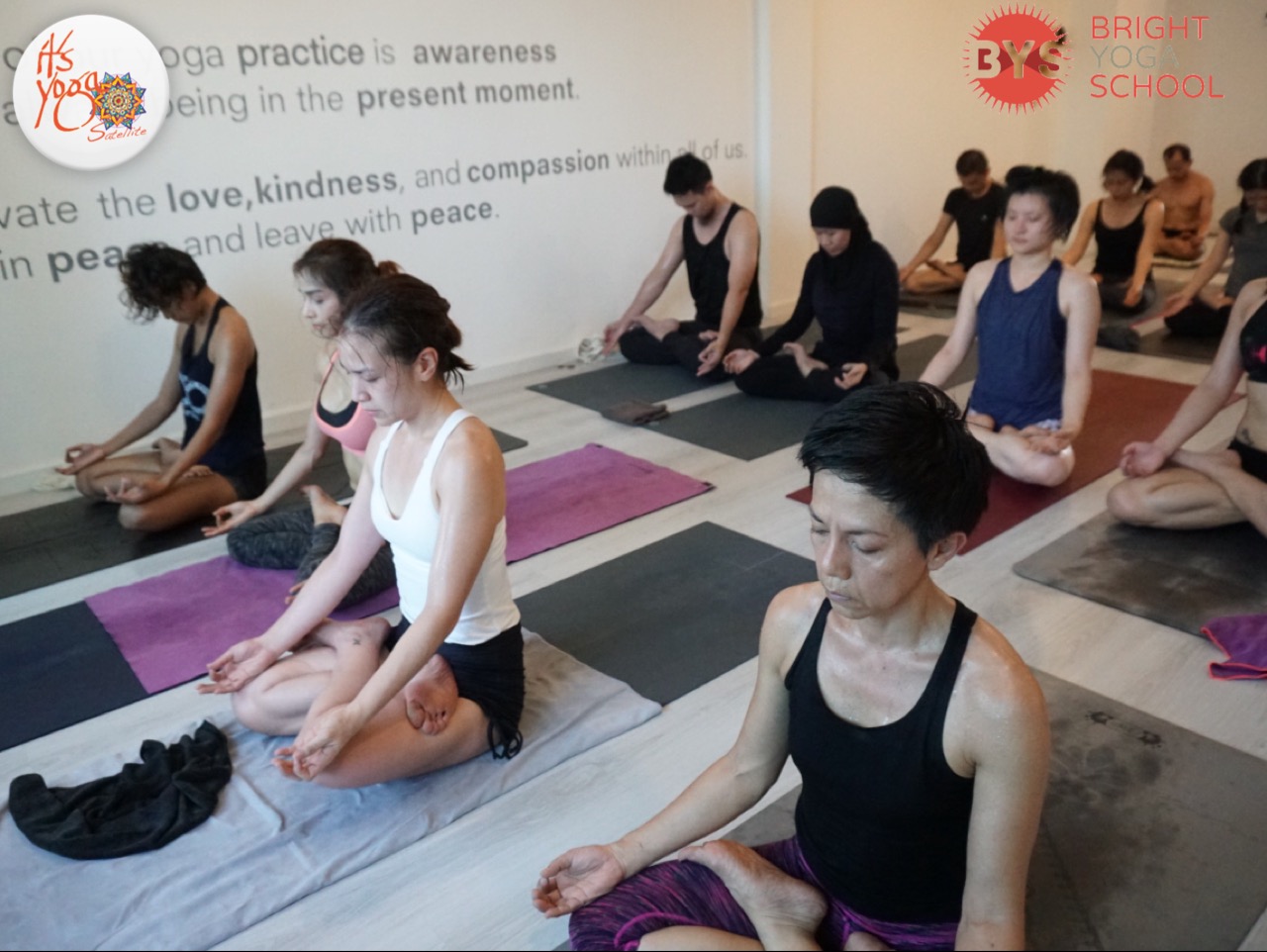Practicing yoga is an amazing experience – there is so much wisdom in every practice, in every breath we take when we move through asana sequences. Especially if you like to practice styles like Ashtanga Vinyasa or Rocket Vinyasa, where there is always a fixed sequence, the practice allows you to clearly notice the fluctuations of the body and the mind as you put yourself thorough the same sequences every day. There will be days where you will notice that your mind is calm, your body is flexible, and everything seems to be smooth and perfect; and similarly, there will be days when the body and the mind feel stiff or heavy, or seem to be pulling you in different directions. So how do you deal with all this as a yoga practitioner?
First of all, it is quote important to realize that there is no “good” practice or “bad” practice – every practice is a process of recognizing yourself on a deeper level, and most importantly, of accepting oneself in the present moment. When you approach our practice with more equanimity, and with simply an intention to learn from it, then you will received wisdom from the practice. However, if you approach the practice with the idea that it will ultimately bring you peace, happiness, and lightness all the time, then you are limiting your chances to learn and deepen your practice and your yoga journey.
All the mental patterns that come up during our practice (even off the mat) is a result of our experiences – which we may perceive as pleasant, unpleasant, or neutral. Particular experiences, depending on how strong it is, will create an imprint in one’s mind in this lifetime (and other lives, if you believe in past life). Some past experiences are so strong that it eventually comes back to you, or may be triggered when you expose yourself to a similar situation, feeling, or environment that is similar to the said experience. The result of this will be a wrong perception of reality because what you really perceived is the reality based on a past experience, and not the reality as it is presented.
In this regard, if we approach our practice with just the intention to learn whatever the present moment has to teach, these imprints from past experiences will inevitably float to the surface of the mind repetitively. And although this will happen naturally, we must resist the urge to dwell on and follow these imprints as they arise; instead, we must learn to simply acknowledge them, and eventually, they will reduce. This is why the practice is called a therapy or cleansing process – not only for the physical body, but also for the mind and the spirit.
This is one of the most powerful results you can reap from the yoga practice: the ability to cultivate equanimity in yourself, and the ability to let go of things that no longer serve you in the present moment. This will allow you to perceive reality as it is.
The practice is supposed to give us clarity, and clarity of the mind will only be possible when your awareness allows you to recognize and accept what is going on in the mind, whether they be “good” or “bad.” If we only look forward to having pleasant experiences, it will increase our level of desire and attachment – and if we train our mind this way, finding peace or happiness in life will be very difficult, as the mind will always have the need to find pleasure in whatever we do. And as we all know, life has a bit of everything – ups and downs, happiness and loneliness, success and defeat, and so on.
Practicing acceptance can make a monumental difference on your practice, and as well as on your life. It is a constant learning process, but it will definitely help you improve the state of your overall well-being.



